
Winter Solstice: Catch the Spirit
Saturday, December 21, marks the official start to the Winter season in the Northern Hemisphere with the Winter Solstice. This astronomical event brings the shortest period of daylight and the longest night of the year. Tomorrow, areas near the North Pole will have no winter sunlight, while areas near the South Pole will have no summer darkness.
Power of the Sun
Solstice is derived from the Latin words sol, meaning “sun,” and sistere, meaning “to stand still.” Ancient traditions celebrated this day as the rebirth of the sun. However, while we have been feeling winter’s chill for the past few weeks in the northeast, the coldest days of winter still lie ahead. Our planet is made up of over 70% water—primarily oceans, which are slow to heat and cool. This time of year, the oceans still hold on to some of Summer’s residual warmth. This means the coldest days of winter won’t come for another 6 weeks or so. Think about the tremendous amount of energy we receive from the sun and moon!
Dongzhi Festival
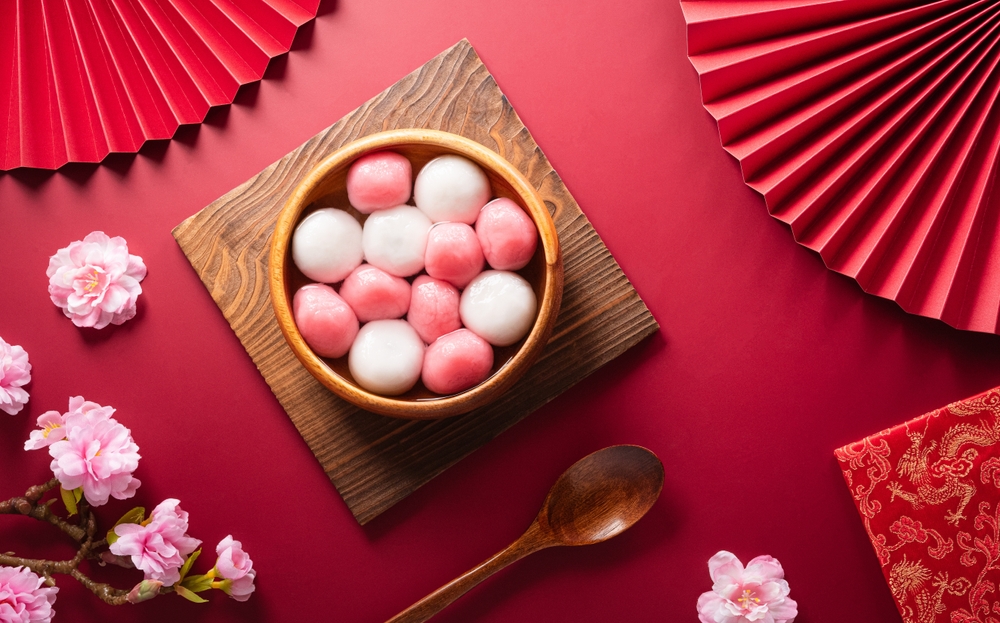
Ceremonies, like the Dongzhi Festival in China, are held to honor the Winter Solstice each year. During the Dongzhi Festival, which means “winter arrives”, people rest and enjoy soups, sweet dumplings, and/or bean cakes with their families. The celebration marks the shift in the season and the connection to balance and harmony within the cosmos.
29.8 Seconds
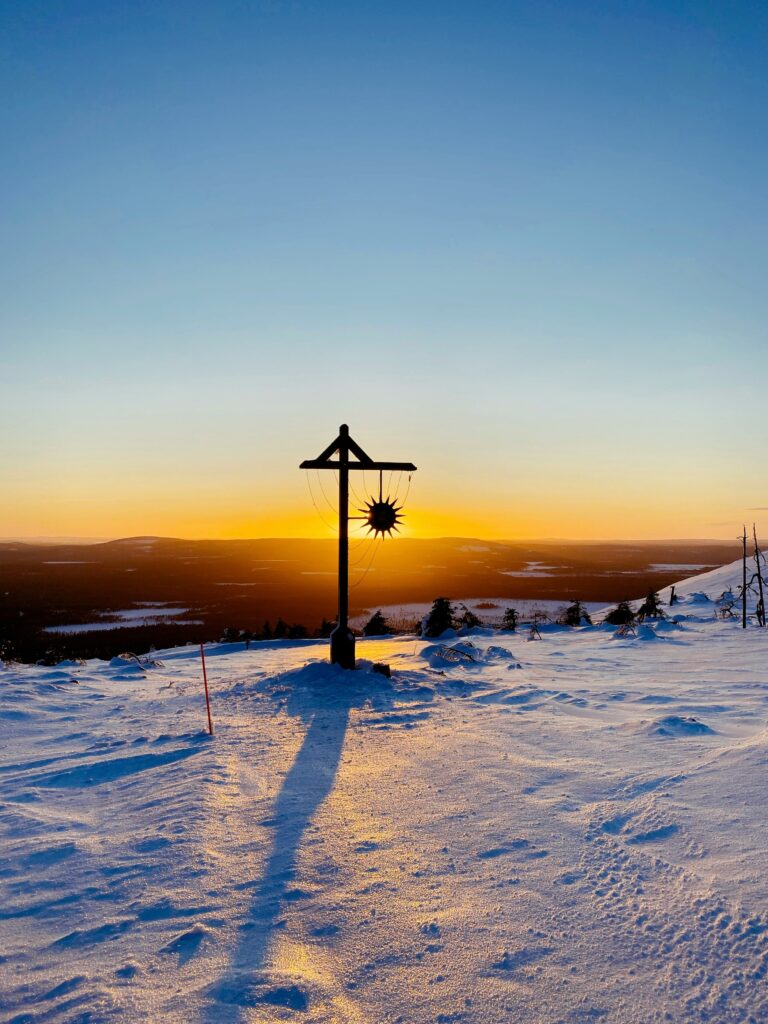
The Winter Solstice is often called the shortest day of the year because it has the shortest period of daylight. However, it is also the longest solar day of the year. Around the solstices, solar days are slightly longer than the 24-hour average our clocks use to track time. In the eastern time zone, solar noon on December 21 to solar noon on December 22 will be 29.8 seconds longer than our usual 24-hour day.
In the span of a regular day, an almost 30-second time block doesn’t mean much. But have you considered the number of times your heart beats (about 36), the number of thoughts that course through your mind (about 25), and the number of red blood cells your body produces (about 72 million) in this “insignificant” amount of time?
Every moment in time is an opportunity. If you think nothing significant can happen in 29.8 seconds, just watch the end of a tied basketball game, or observe a cheetah on the prowl. In Nature’s time, 29.8 seconds can mean the difference between a walking trail and a snow-covered embankment. Now that you have an additional 29.8 seconds, how will you spend it?
Flower of the Solstice
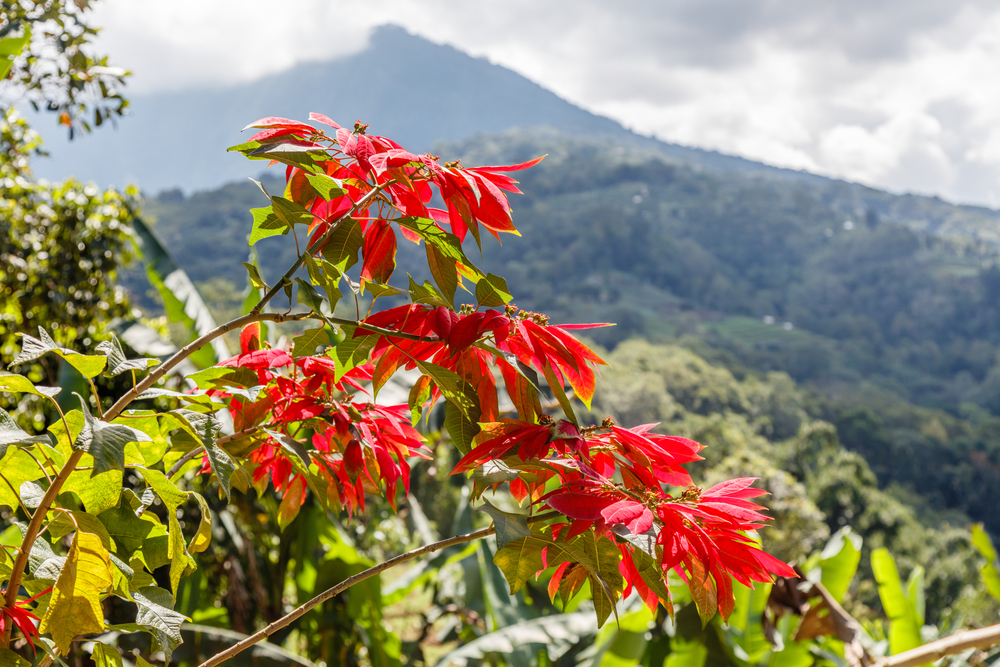
Poinsettia, or Cuetlaxochitl as named by the Aztecs, is a popular flower of the holiday season. In its unaltered state, Cuetlaxochitl is wild in nature, resembling weeds with green leaves that mature into red blooms almost overnight. The Aztecs ground the red leaves to make red and purple dyes, and turned the plant’s white sap into medicine.
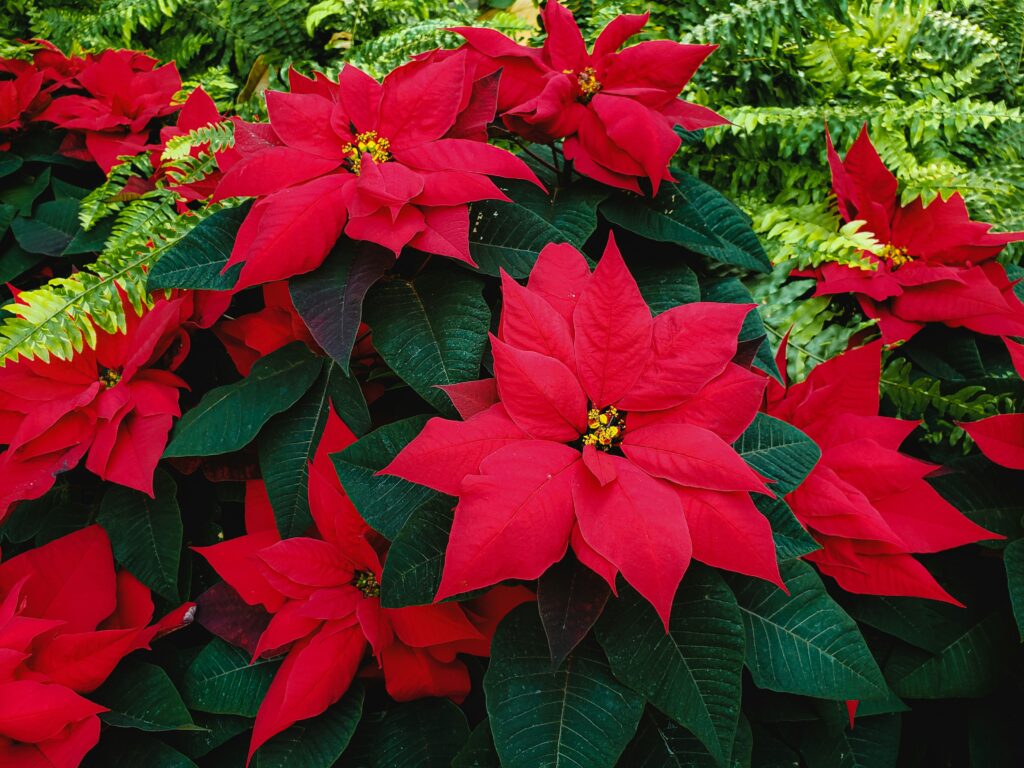
Later, Catholic missionaries in Mexico who were captivated by the plant’s bright red leaves and its transformative abilities, popularized this plant at Christmas time, using it to decorate nativity scenes. There, it took on the name Fleur de Nochebuena, the Christmas Eve Flower. Then in 1828, Joel Poinsett, the U.S. Ambassador to Mexico, introduced it to the United States. A varietal was later created to contain the weedy plant into a smaller potted plant, which is the poinsettia we know and love today.
Catch the Spring
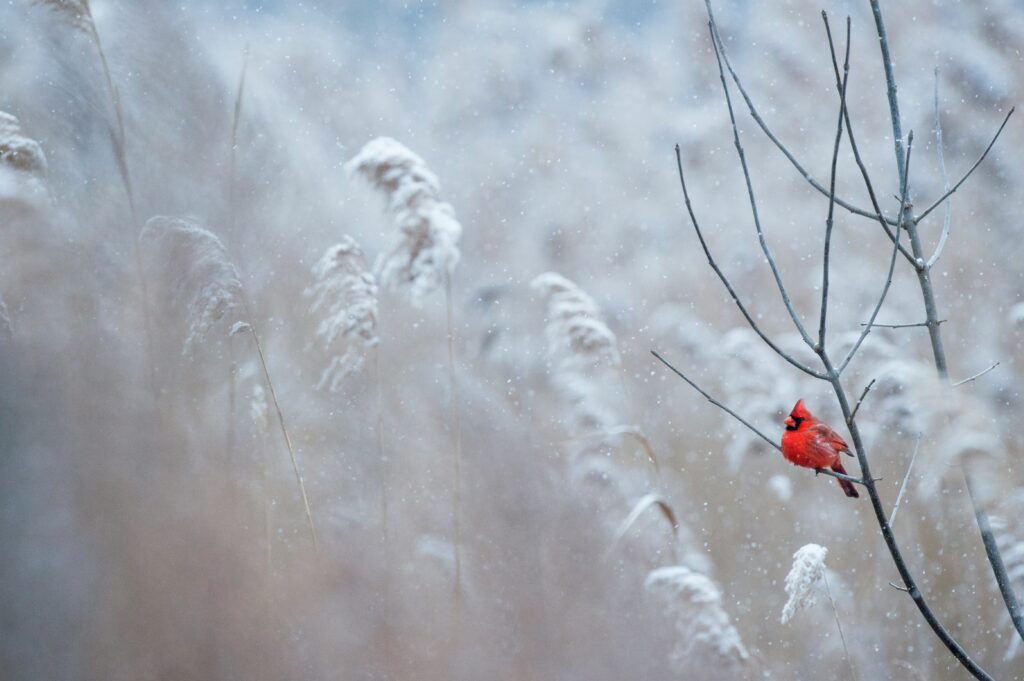
As we travel through the longest night, we reach the moment to prepare for new beginnings. Like a great blue heron waiting in complete stillness to catch a fish at the precise moment it arrives, we prepare in Winter to catch the Spring. As we cross the threshold of the Winter Solstice, each day lengthens until we reach the treasured gift of Spring.
Be the light in the darkness for yourself and others. Catch the spirit of the poinsettia—and the Winter Solstice—and begin your own transformation.




